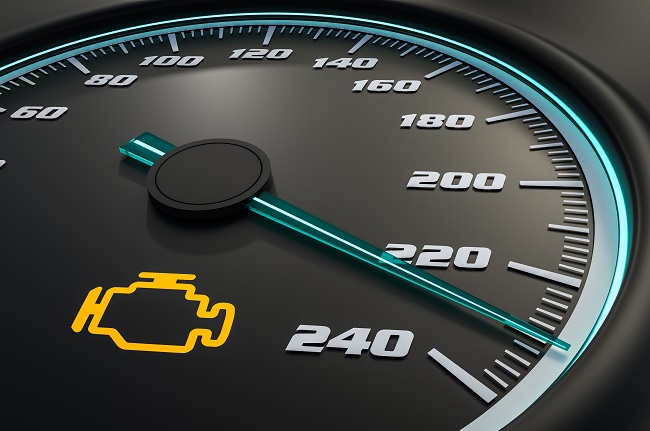Nobody likes to see their check engine light turn on for no reason. It’s never good news. But it’s not always a catastrophe either. The next time you’re thinking about your check engine light, remember these three things:

1. A check engine light can’t be ignored, but it’s probably not an emergency.
Every brand of car has a slightly different pattern, just like they all have a slightly different symbol. But a steady light indicates a moderate problem. A flashing light ups the ante and lets you know the situation has become an emergency. Or, if your light doesn’t flash, it might turn colors: yellow means you should check the situation out soon, but orange or red means to do so immediately.
2. Pay attention to when the light turned on.
Check engine lights don’t turn on for no reason. Something changed. Sometimes it’s an internal problem that you can’t predict. But many times it will be because of something you just did. For example, the light might flick on if you leave the gas cap loose.
Even if it’s not a direct action, when a light turns on could tell you a lot about the problem. If it turned on when you were creeping uphill behind a slow car, for example, instead of on a flat road, your mechanic can use that detail and the computer error code to zero in on the problem.
3. Make sure it turns on before you turn the key.
There’s a split second before you turn the motor over when all the lights on the dash should flash on. Whenever you’re shopping for a new car in the used market, make sure the check engine light turns on. Less scrupulous sellers will disconnect the light so it can’t warn you away.
A check engine light doesn’t mean you should panic. It just means you should contact us here about setting up a quick car appointment.
